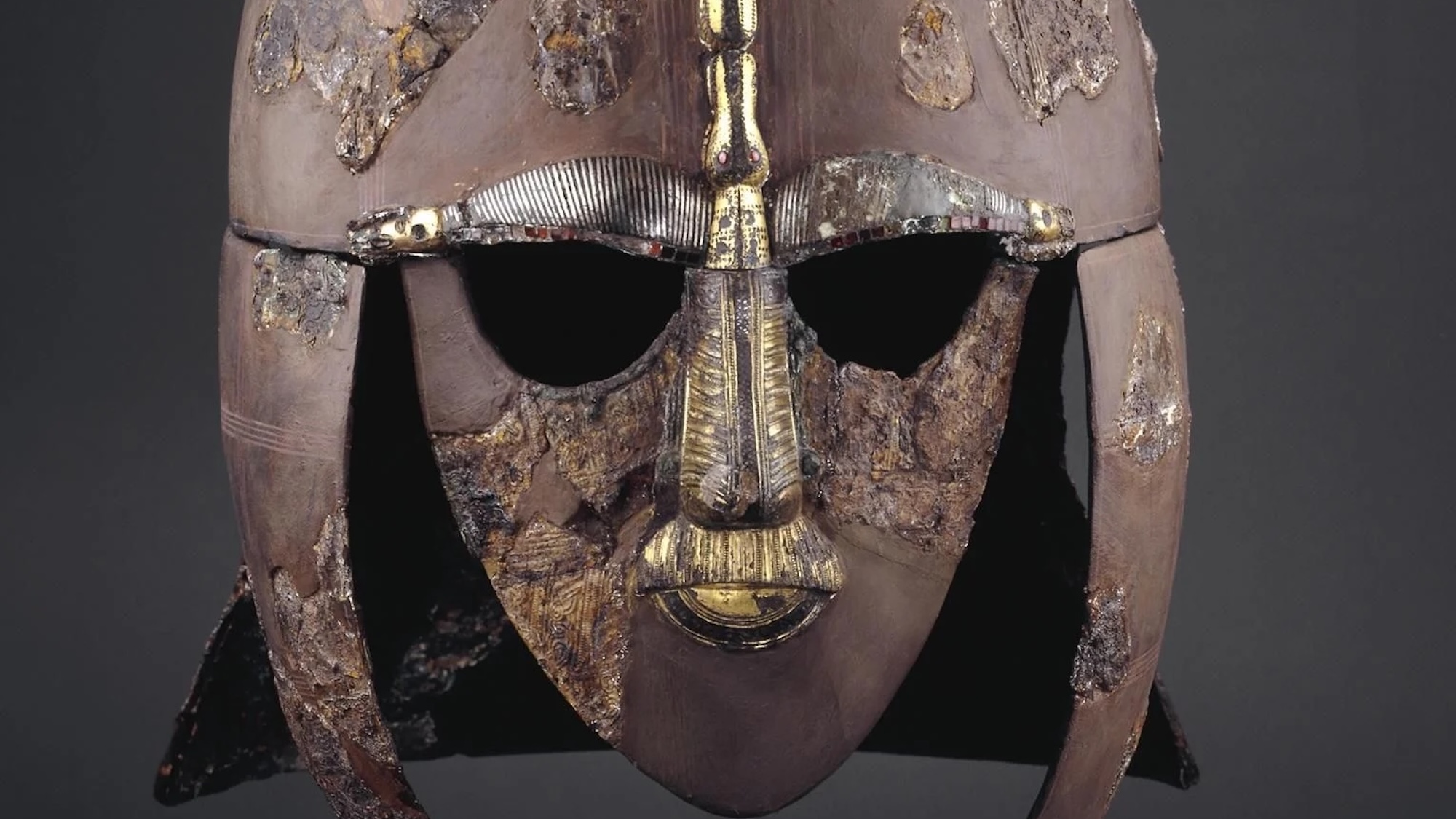Now Reading: Metal Detector Discovery Could Redefine Understanding of 7th Century Helmet
-
01
Metal Detector Discovery Could Redefine Understanding of 7th Century Helmet
Metal Detector Discovery Could Redefine Understanding of 7th Century Helmet

Fast Summary:
- Sutton Hoo Site: The Sutton Hoo burial site in Suffolk, England is a critically important archeological discovery from the 1930s, containing 6th and 7th century Anglo-Saxon artifacts such as armor, cookware, and weaponry. The most notable find was a ship burial believed to hold the remains of an Anglo-saxon king, possibly Rædwald of East Anglia.
- Sutton Hoo Helmet Features: The iconic Sutton Hoo helmet is made of iron with tinned bronze panels depicting human warriors and intricate designs.Scholars believe it symbolizes cultural influences from Uppland, Sweden.
- Denmark Discovery: A recent discovery on Tåsinge Island in Denmark-a small metal stamp called a patrice-bears striking similarities to motifs on the Sutton Hoo helmet. features like wrist cuffs and horse harness designs align closely with those seen on the helmet.
- Potential Shift in Historical Narrative: If proven accurate, this finding may suggest that denmark held significant power dynamics alongside england and Sweden during the early medieval period. It could also reveal an advanced Danish metalworking tradition previously undocumented.
- Research Ongoing: Researchers plan further analysis using 3D scanning equipment to explore links between the stamp and helmet. Archaeological surveys will investigate production capabilities near where the stamp was found.
Indian Opinion Analysis:
This potential link between Denmark’s craftsmanship and one of Britain’s key Anglo-Saxon relics marks an vital moment for historical scholarship concerning early medieval Europe. For India-a nation deeply invested in preserving heritage sites-the research offers lessons in cross-cultural archaeological interpretations where artifacts challenge established narratives about influence or origin.
India’s own cultural complexity has often required reinterpretations when new evidence reshapes historical understanding (e.g., Indus Valley Civilization studies). This global example underscores how robust scientific methods like advanced imaging may uncover overlooked connections among ancient societies.
Moreover,fostering collaboration across borders-as seen through Europe’s combined approach here-remains pivotal for studying history comprehensively without rigid territorial perspectives. india’s active stance toward integrating technology into its archeological programs can benefit from observing such international efforts.




























